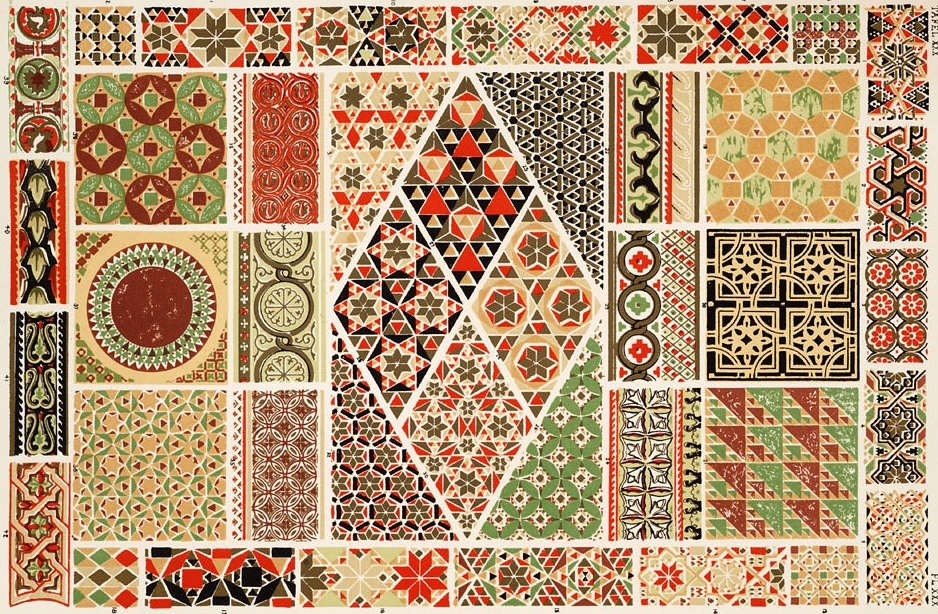Intersectionality in Theological Education: Engaging Complexity, Activism, and Multiple Consciousness
The earth will never again be seen as flat. In spite of sixteenth century intellectuals who argued that the earth was level, others like Copernicus and Ferdinand Magellan convinced us otherwise. The earth is anything but one dimensional.
With the lens of intersectionality, concepts of the human being and relationality have lost any residue of flatness or one dimensionality in their constructions. The contributing scholars for this Spotlight on Theological Education develop the interlacing realities and particularities that comprise the reality of human being as well as the notions of class, race, gender, linguistic identity, ableism, sexuality, and culture. The following essays offer a theological telescope by which to see not one world, but the constellation of worlds within human beings created by crisscrossing relationships.
The opening two essays by Emilie Townes and Nancy Ramsay locate the historical origin of the term intersectionality and develop the concept for educators and scholars. Emilie Townes pinpoints the original usage of intersectionality in the work of legal theorist Kimberlé Williams Crenshaw (1989) who illustrated how race oppression and gender interact in Black women’s lives. Expanding the theory of the dynamic identity and the “asymmetries of power weave themselves into individual and relational life,” Nancy Ramsay brings the map of oppressive marginalization into bolder relief. There is no level earth or level playing field.
Robyn Henderson-Espinoza begins theologizing at the place of difference and multiplicity and moves into the ensuing instability to mobilize radical differences as the focal point of change and interconnectivity. Kirk VanGilder illustrates his use of intersectionality and self-disclosure as an academic strategy that counters the negative effects of identity splitting and pitting identity groups against each other; in his context at Gallaudet University, identity markers of Deaf and hard of hearing students become more or less prominent depending on the social contexts in which they find themselves. Maaraidzo Mutambara and Traci West cowrite an essay revealing the politics of intersectionality when taught in an intercultural exchange program involving Drew University Theological School and Africa University in Zimbabwe. Together they offer a candid assessment of contributions gained in engaging complexity, activism, and multiple consciousness and of challenges in trust, stereotypes, language, equal resources, and cultural barriers. Finally, using a case from her classroom, Heike Peckruhn calls attention to the awareness that multiple identities appear through the body as performative; that is, they “are socially constituted, contextual, and only appear to be fixed or mapped onto the body.” The fluidity, multiplicity, and intersectionality of our identities make space for “misrecognition.”
 Jeanne Stevenson-Moessner is professor of pastoral care at the Perkins School of Theology at Southern Methodist University, member of the International Academy of Practical Theology, a Henry Luce III Fellow, former chair of the Society for Pastoral Theology, and an American Association of Pastoral Counselors Fellow (AAPC). She is a graduate of Vanderbilt University, Princeton Theological Seminary, and the University of Basel, Switzerland. In 2012, she was a resident member of the Center of Theological Inquiry in Princeton, NJ, and a guest professor at the University of Luzern.
Jeanne Stevenson-Moessner is professor of pastoral care at the Perkins School of Theology at Southern Methodist University, member of the International Academy of Practical Theology, a Henry Luce III Fellow, former chair of the Society for Pastoral Theology, and an American Association of Pastoral Counselors Fellow (AAPC). She is a graduate of Vanderbilt University, Princeton Theological Seminary, and the University of Basel, Switzerland. In 2012, she was a resident member of the Center of Theological Inquiry in Princeton, NJ, and a guest professor at the University of Luzern.
Transforming the field of pastoral theology, she has edited or coedited four volumes involving fifty contributors over twenty-two years: Women in Travail and Transition (Fortress Press, 1991); Through the Eyes of Women (Fortress Press, 1996); In Her Own Time (Fortress Press, 2000); and Women Out of Order (Fortress, 2009). Additional publications include The Spirit of Adoption (Westminster John Knox Press, 2003), A Primer in Pastoral Care (Fortress Press, 2005), A Prelude to Practical Theology (Abingdon, 2008), and Portable Roots: Transplanting the Bicultural Child (Cambridge Scholars Publishing, 2014). She was honored with AAPC’s Distinguished Achievement in Research and Writing Award.
Image: Plate XXX (Byzantine No. 3), The Grammar of Ornament by Owens Jones (1868; scanned from the 1910 reprint) London: Bernard Quaritch, via http://digital.library.wisc.edu/1711.dl/DLDecArts.GramOrnJones

